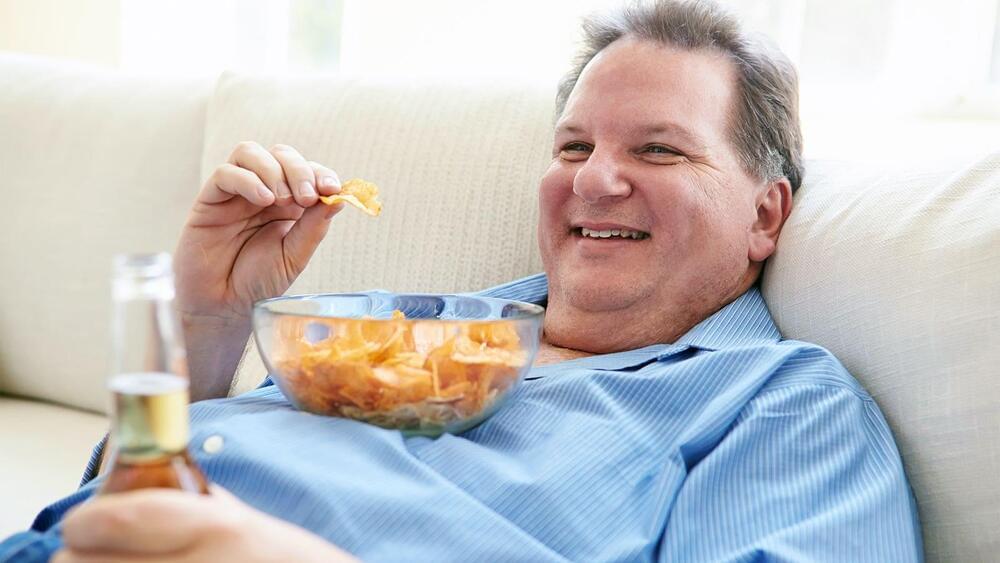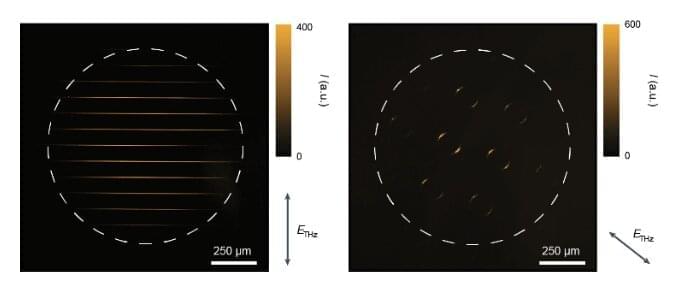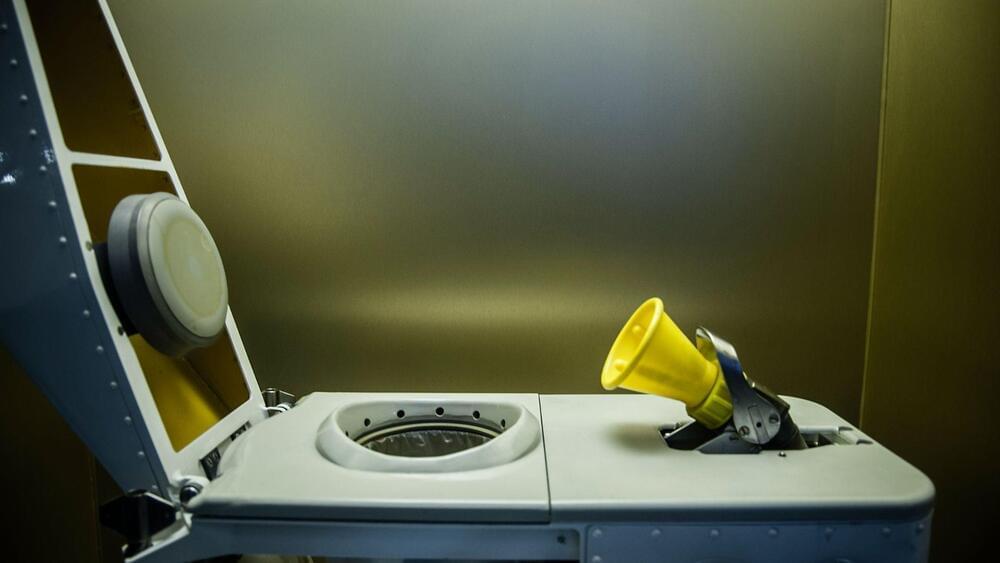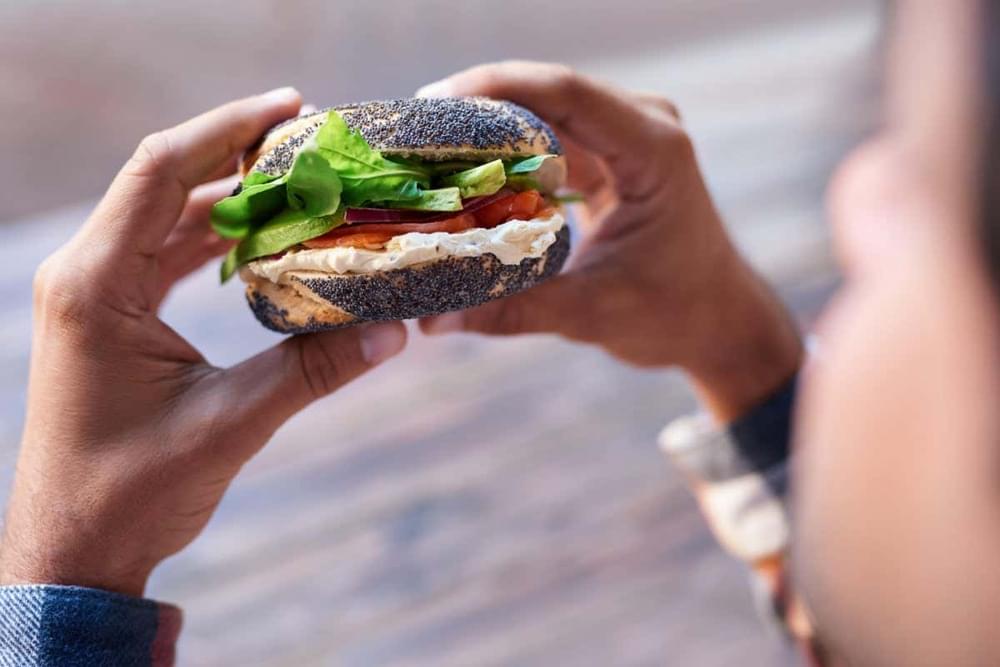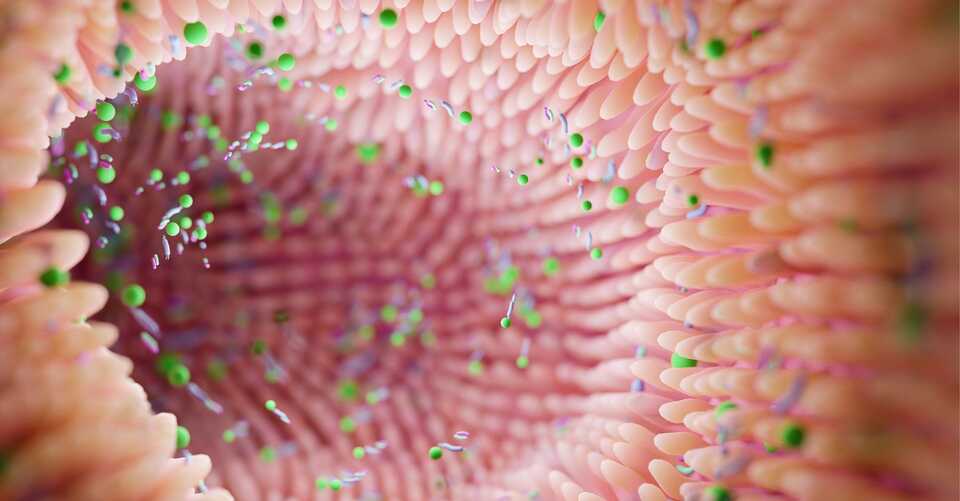Archive for the ‘food’ category: Page 73
Dec 8, 2022
A room-temperature terahertz camera based on a CMOS and quantum dots
Posted by Saúl Morales Rodriguéz in categories: food, law enforcement, particle physics, quantum physics, security
Terahertz (THz) radiation is electromagnetic radiation ranging from frequencies of 0.1 THz to 10 THz, with wavelengths between 30μm and 3mm. Reliably detecting this radiation could have numerous valuable applications in security, product inspection, and quality control.
For instance, THz detectors could allow law enforcement agents to uncover potential weapons on humans or in luggage more reliably. It could also be used to monitor natural environments without damaging them or to assess the quality of food, cosmetics and other products.
Recent studies introduced several devices and solutions for detecting terahertz radiation. While a few of them achieved promising results, their performance in terms of sensitivity, speed, bandwidth and operating temperature is often limited. Researchers at Massachusetts Institute of Technology (MIT), University of Minnesota, and other institutes in the United States and South Korea recently developed a new camera that can reliably detect THz radiation at room temperature, while also characterizing its so-called polarization states. This camera, introduced in a paper published in Nature Nanotechnology, is based on widely available complementary metal-oxide-semiconductors (CMOS), enhanced using quantum dots (i.e., nm-sized semiconductor particles with advantageous optoelectronic properties).
Dec 8, 2022
Chrome gets memory and energy saver modes
Posted by Gemechu Taye in categories: computing, food
Google today announced two new performance settings in its Chrome browser: Memory Saver and Energy Saver.
Modern browsers eat up a lot of memory and while that’s not a problem if you have 32GB of RAM, Chrome using multiple gigabytes of your memory can quickly slow your machine down if you’re on a machine with lower specs. The Memory Saver mode promises to reduce Chrome’s memory usage by up to 30% by putting inactive tabs to sleep. The tabs will simply reload when you need them again. The Energy Saver mode, meanwhile, limits background activity and visual effects for sites with animations and videos when your laptop’s battery level drops below 20%.
Dec 8, 2022
‘Massive evidence’ on evolution: Extinct human species with tiny brains ‘used fire’ to live underground
Posted by Gemechu Taye in categories: evolution, food, neuroscience
‘I almost died on the way out,’ said the six-foot-two tall archeologist who lost 25 kgs to enter a 17.5-centimeter cave.
Researchers claim to have discovered new evidence of extinct human species who lived in the underground caves of modern-day South Africa.
“We have massive evidence. It’s everywhere,” said Berger, who reported the findings in a press release and a Carnegie Science lecture at the Martin Luther King Jr.
Dec 8, 2022
The CRISPR Apostle: Rodolphe Barrangou
Posted by Jose Ruben Rodriguez Fuentes in categories: bioengineering, biotech/medical, drones, food, genetics, health
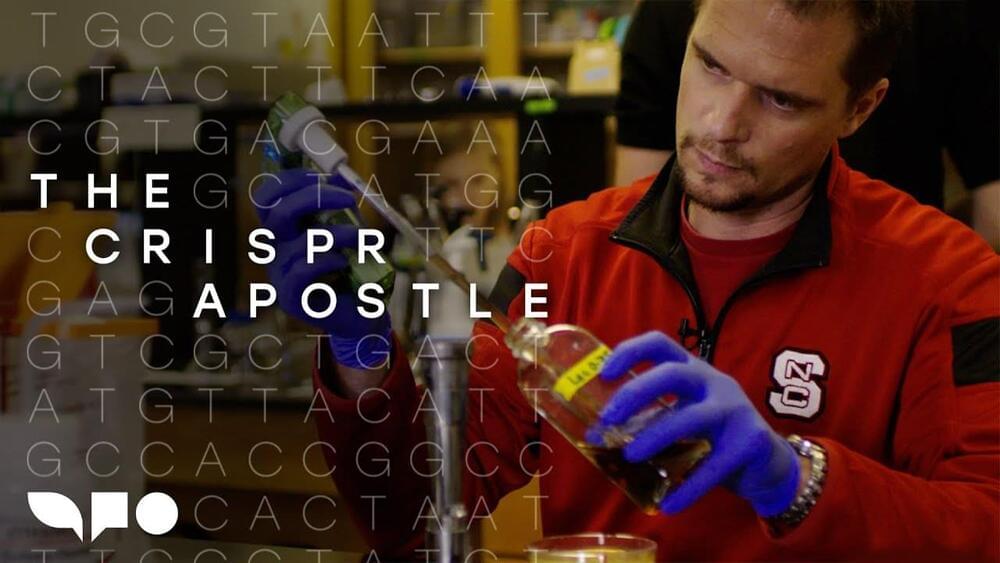
For millennia, humans have been harnessing #microbes to produce everything from breads, to cheeses, to alcohol. Now these tiny organisms have produced another powerful revolution — the gene editing tool CRISPR. Rodolphe Barrangou, Ph.D., was working at the food company Danisco, where he was trying to produce yogurt lines resistant to contamination. In a series of groundbreaking experiments, he helped uncover what CRISPR was, how it worked, and why it could be so transformative.
Dec 6, 2022
Microphone-equipped toilet will detect diseases and give you advice
Posted by Gemechu Taye in categories: biotech/medical, food, robotics/AI
The microphone sensor can classify bowel diseases using machine learning.
There are many diseases that could potentially be detected through human waste. One such infection includes cholera. Cholera is a bacterial disease.
Cholera is spread through contaminated food and water. Large epidemics that spread the bacterium are related to fecal contamination of water or food. It can sometimes be spread through undercooked shellfish and other seafood-related infections, as well. is spread through contaminated food and water. Large epidemics that spread the bacterium are related to fecal contamination of water or food. It can sometimes be spread through undercooked shellfish and other seafood-related infections, as well.
Dec 5, 2022
Researchers harness bacteria-eating viruses to create powerful food decontamination spray
Posted by Brent Ellman in categories: bioengineering, food, nanotechnology
Researchers at McMaster University have created a powerful new weapon against bacterial contamination and infection.
They have developed a way to coax bacteriophages—harmless viruses that eat bacteria—into linking together and forming microscopic beads. Those beads can safely be applied to food and other materials to rid them of harmful pathogens such as E. coli 0157. Each bead is about 20 microns, (one 50th of a millimeter) in diameter and is loaded with millions of phages.
The McMaster engineering team behind the invention, led by professors Zeinab Hosseinidoust, who holds the Canada Research Chair in Bacteriophage Bioengineering, and Tohid Didar, who holds the Canada Research Chair in Nano-Biomaterials, and graduate student Lei Tian, have created a spray using nothing but the microbeads.
Dec 5, 2022
Spraying an army of bacteria-eating viruses can save us from food poisoning
Posted by Gemechu Taye in categories: biotech/medical, food
Antibiotics are not enough in the war against pathogens.
Every year more than 40 million people in the U.S. suffer from foodborne illnesses caused by bacteria, viruses, and various other types of pathogens. Food contamination is often underestimated, but it is responsible for 420,000 deaths annually. This number represents more people than the entire population of Iceland.
Urfinguss/iStock.
Continue reading “Spraying an army of bacteria-eating viruses can save us from food poisoning” »
Dec 3, 2022
Brain mapping in mice may explain why pain makes us lose our appetite
Posted by Shubham Ghosh Roy in categories: chemistry, food, mapping, neuroscience
Examinations using microscopes confirmed that these neurons were active in the mice with chronic pain. When the researchers used chemicals to stop the neuronal activity in this cortex, the mice’s appetites improved.
Similarly, when the researchers used chemicals to activate these neurons in mice that weren’t in pain, the animals ate less, even if they had been deprived of food before the experiment.
This is the first time that researchers have traced the brain mechanisms behind pain-related appetite loss, the researchers wrote.
Dec 3, 2022
FDA approved a 1st-of-its-kind treatment made from human poop. What does it do?
Posted by Dan Breeden in categories: biotech/medical, food
The only time might be willing to take shit off someone.
— Cancer patients weren’t responding to therapy. Then they got a poop transplant.
— The same exact foods affect each person’s gut bacteria differently.
Continue reading “FDA approved a 1st-of-its-kind treatment made from human poop. What does it do?” »
